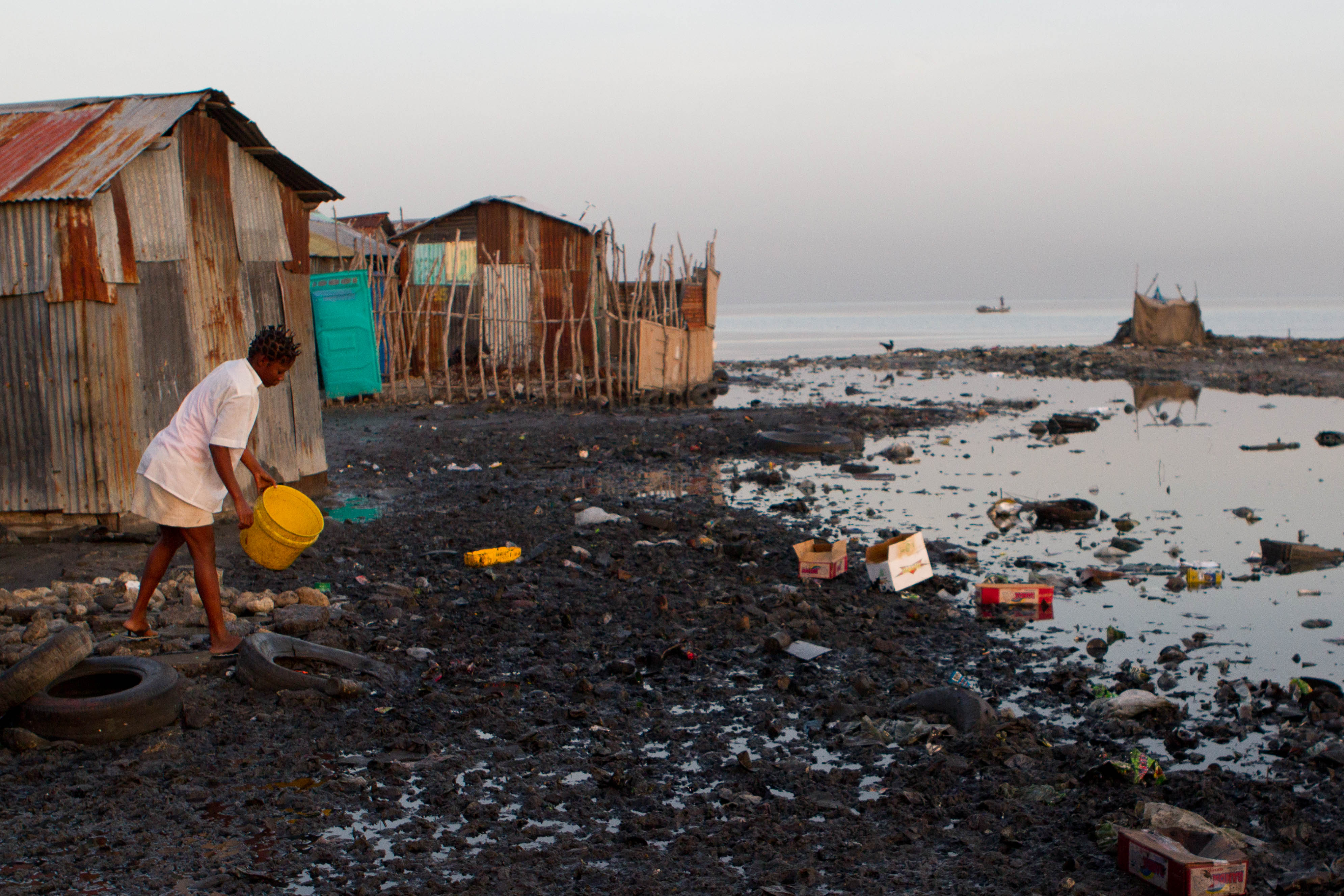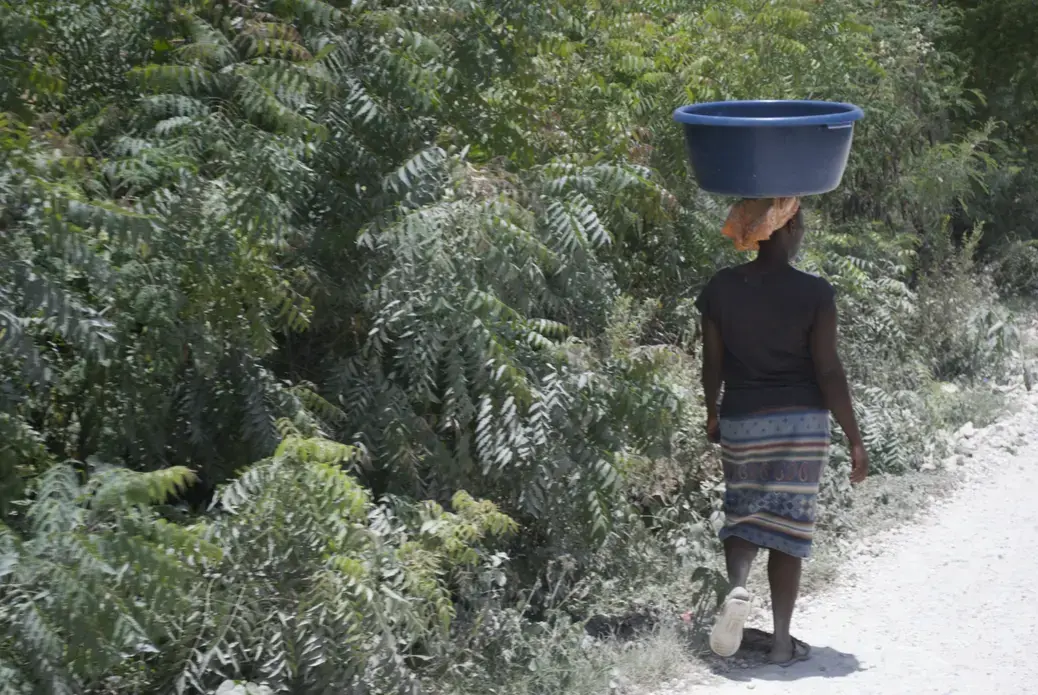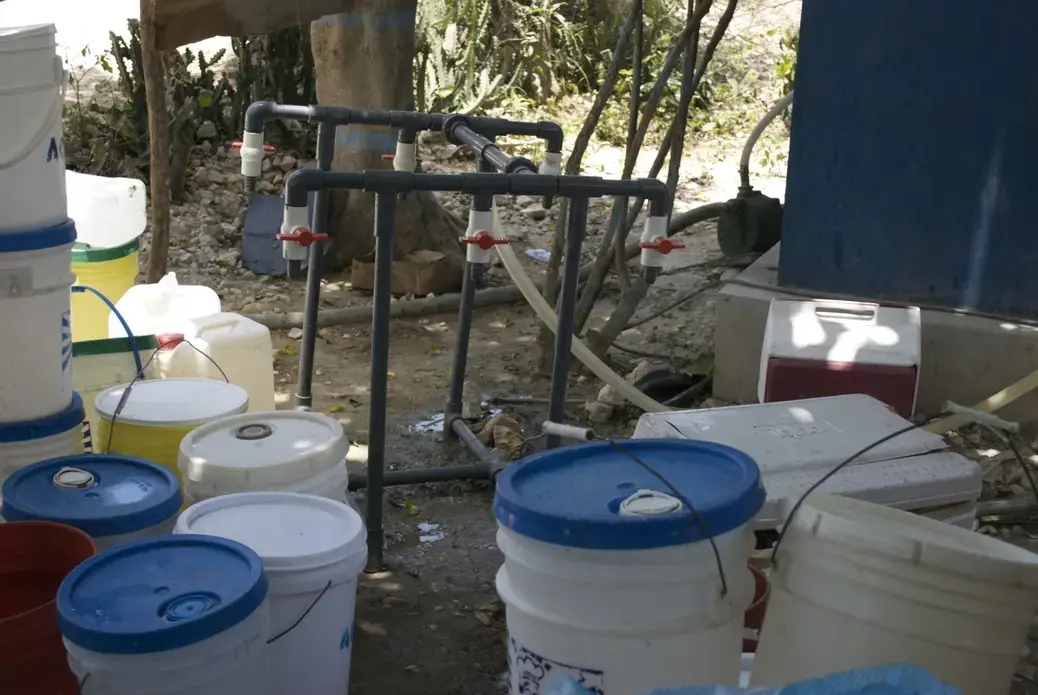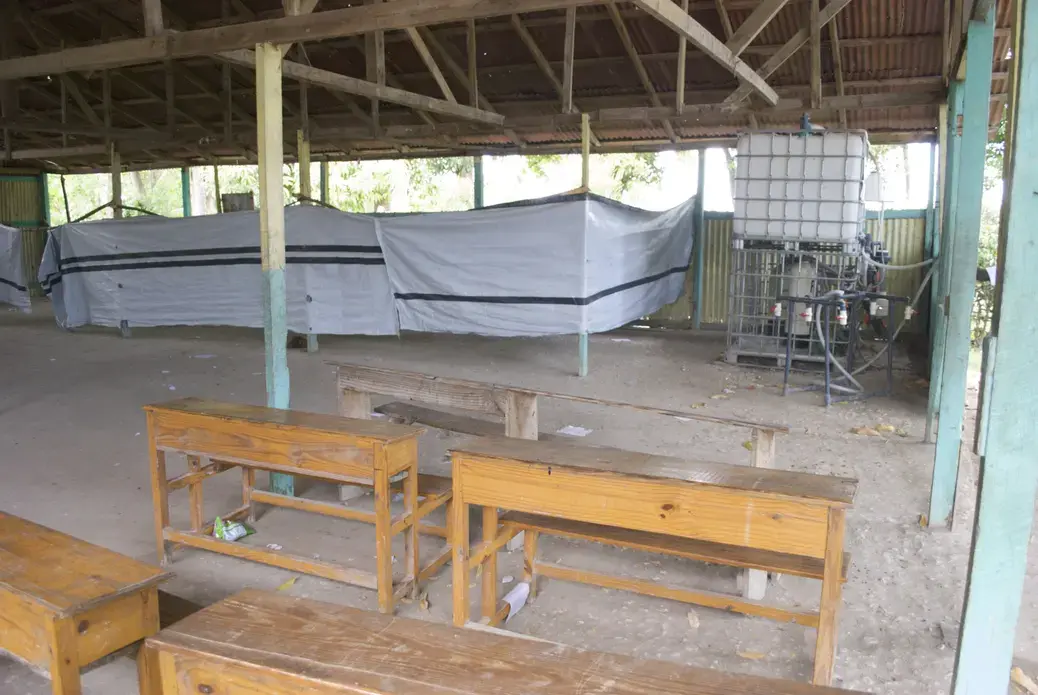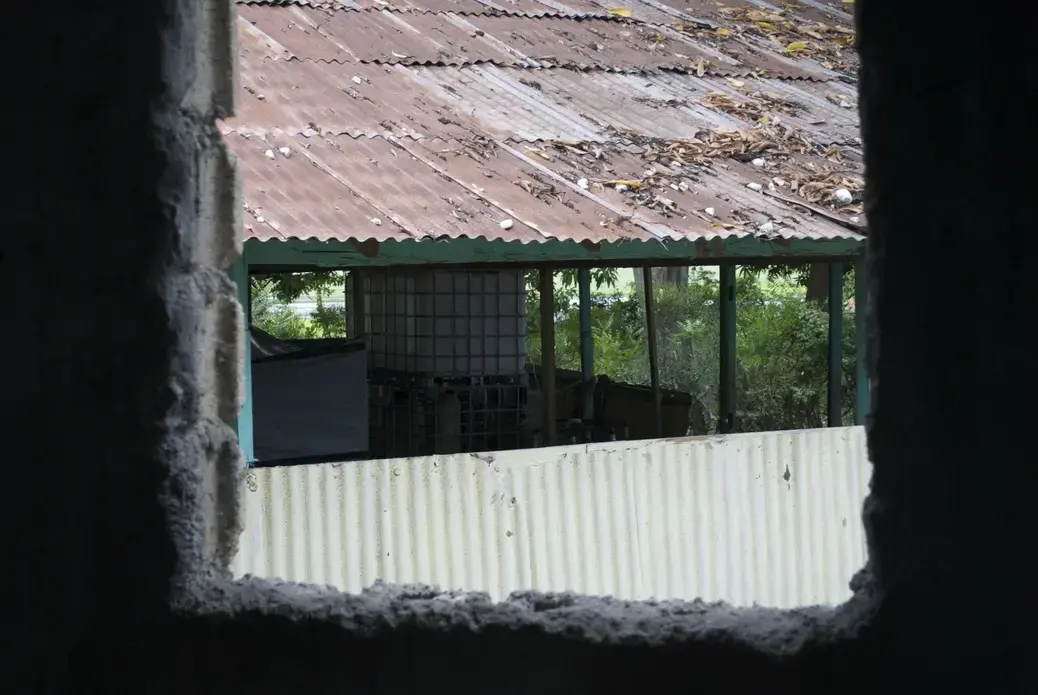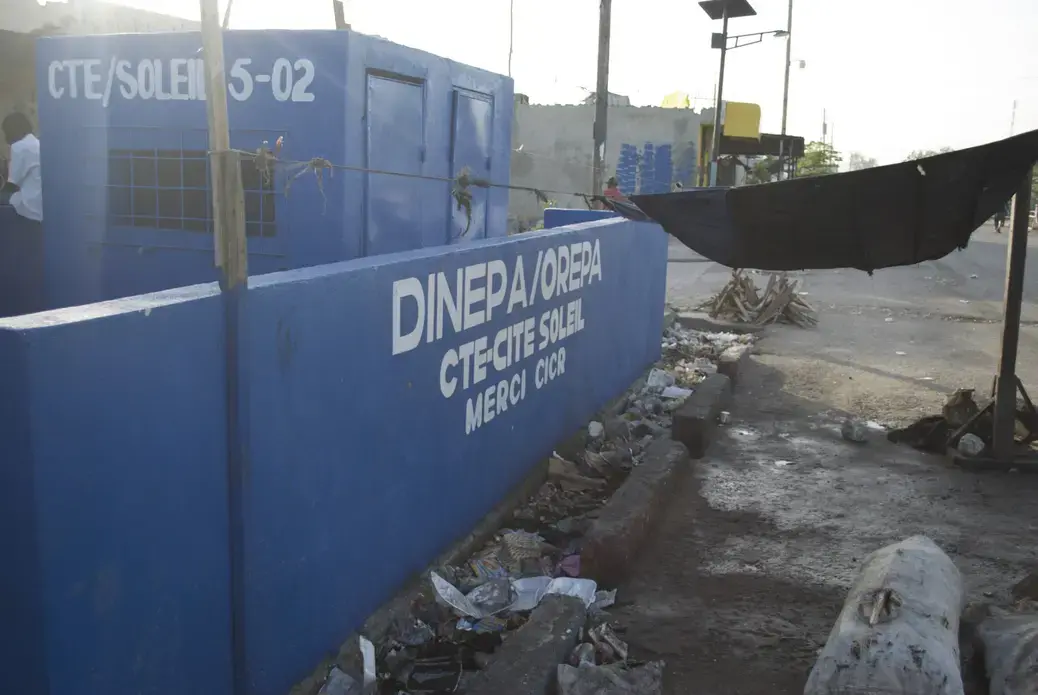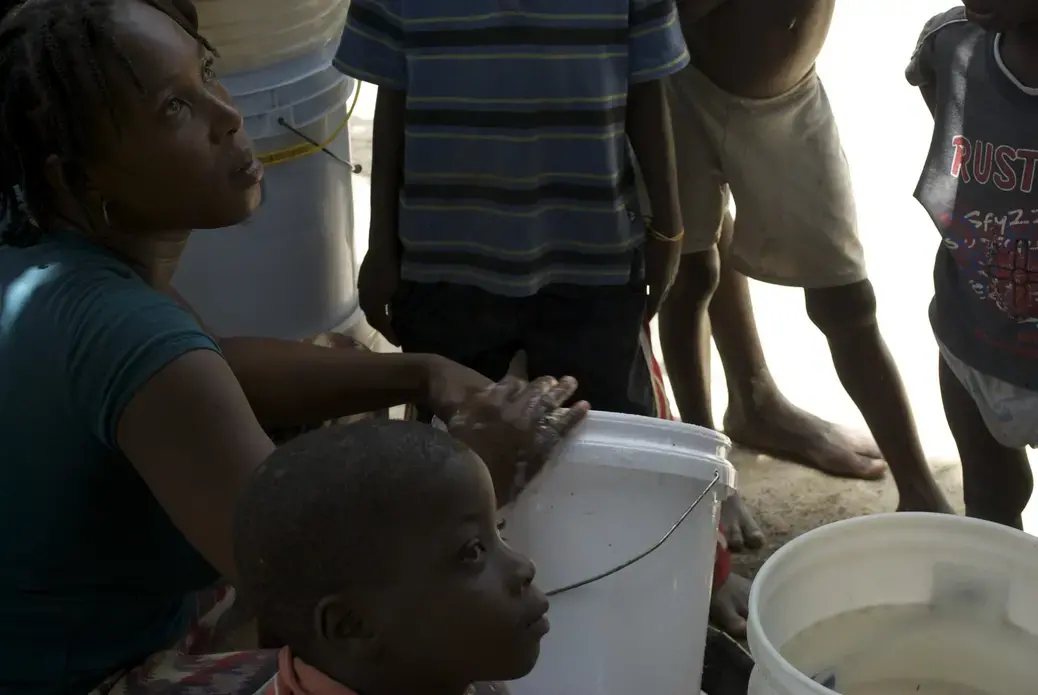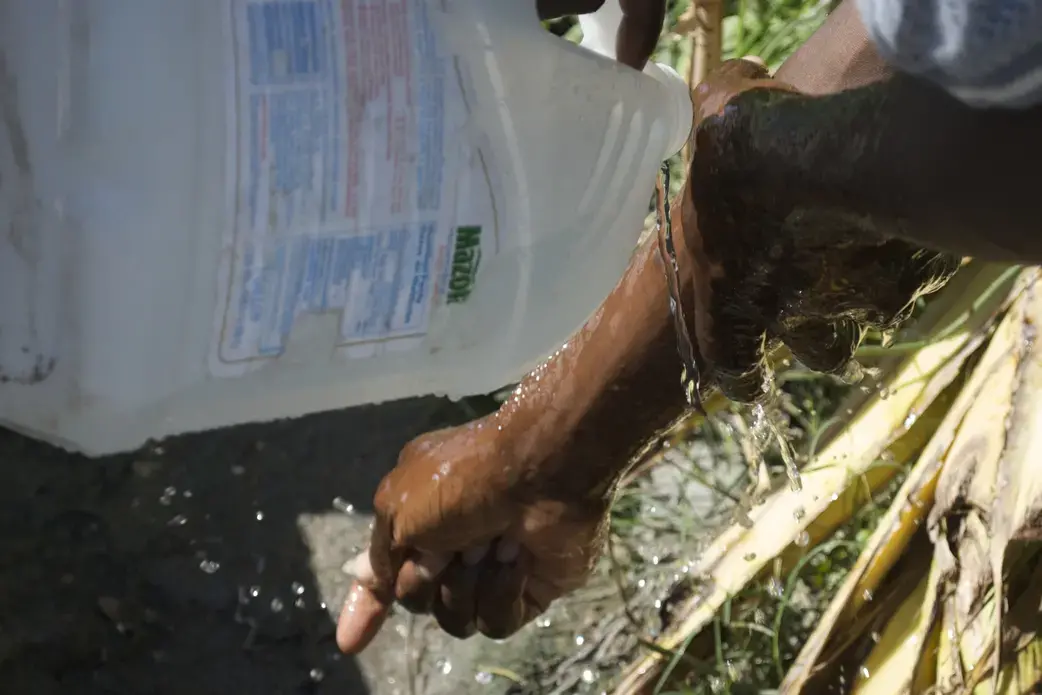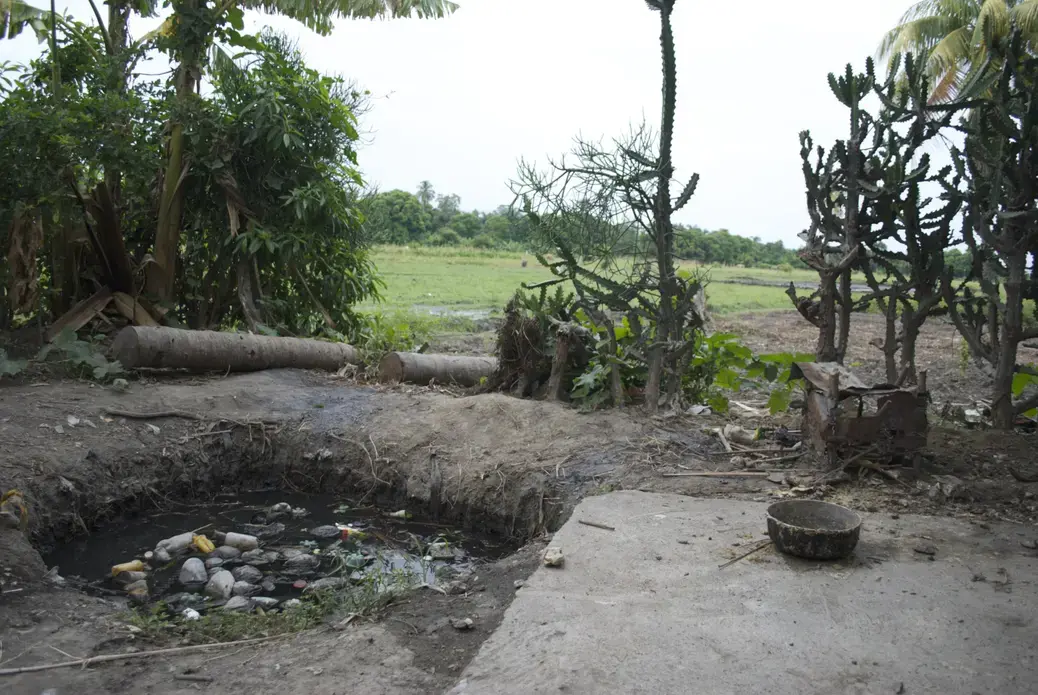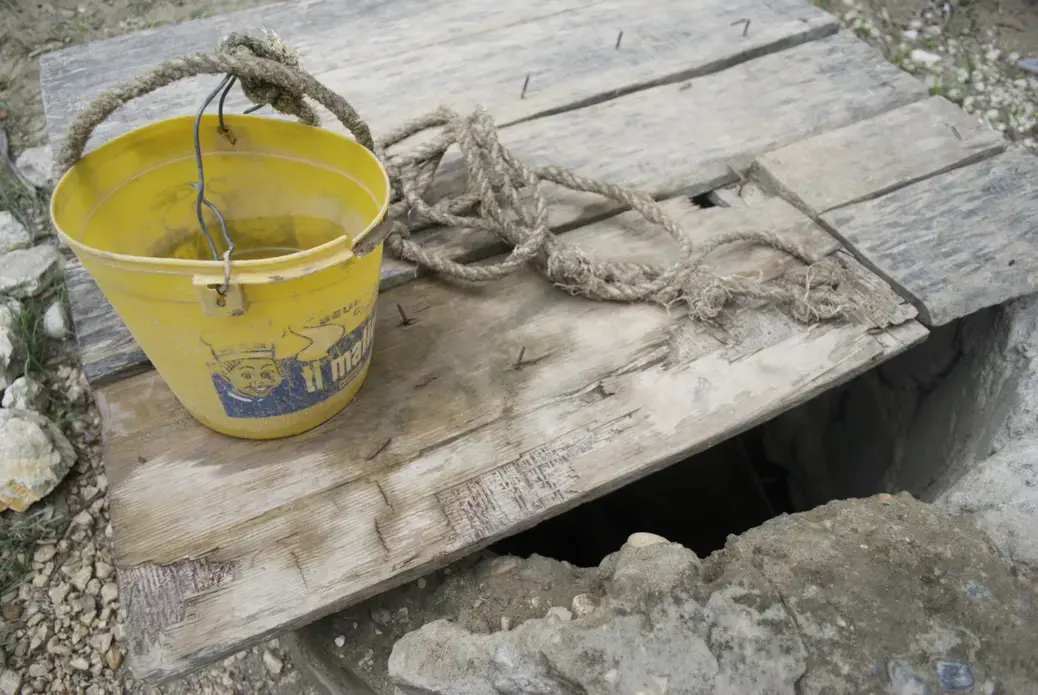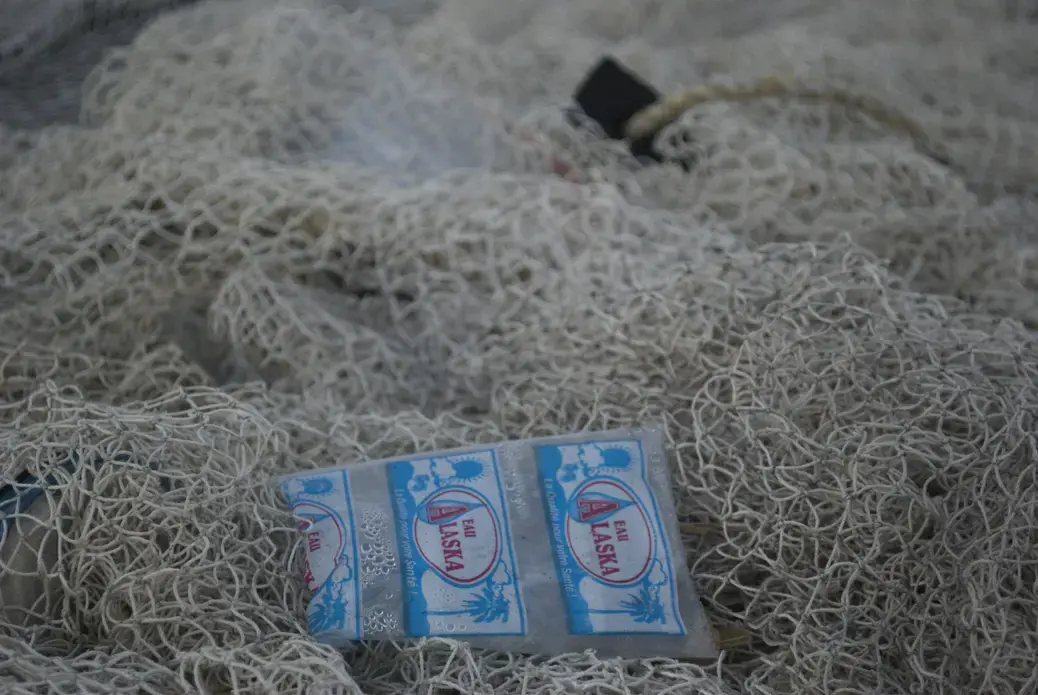"Water poverty" is a term used by the United Nations and many others as a metric of water quality, access, and ecology—a synthesis of data ranging from the availability of clean water and sanitation to the Gini coefficient (a measure of income distribution). Conceptually, Water poverty is both academically rigorous and anthropomorphically mystifying. The goal is to incorporate and weigh every facet that influences where water comes from, what happens to it, and how easy it is for a person to get. However, in countries renowned for high water poverty, such as Haiti, this metric may feel like sitting on an ocean of numbers with nothing to drink.
In the rural villages and urban neighborhoods of Haiti, every obstacle, large and small, standing between a person and clean water represents the human definition of water poverty. Much like financial poverty, it is always present—something that must be considered and planned for at all times. The obstacles exist day in, and day out.
After cholera erupted in Haiti, access to clean water carried renewed significance. Water sources families used for years became sources of fear and uncertainty. This slideshow depicts what water poverty means, at least in part, to Haitians across the country.


